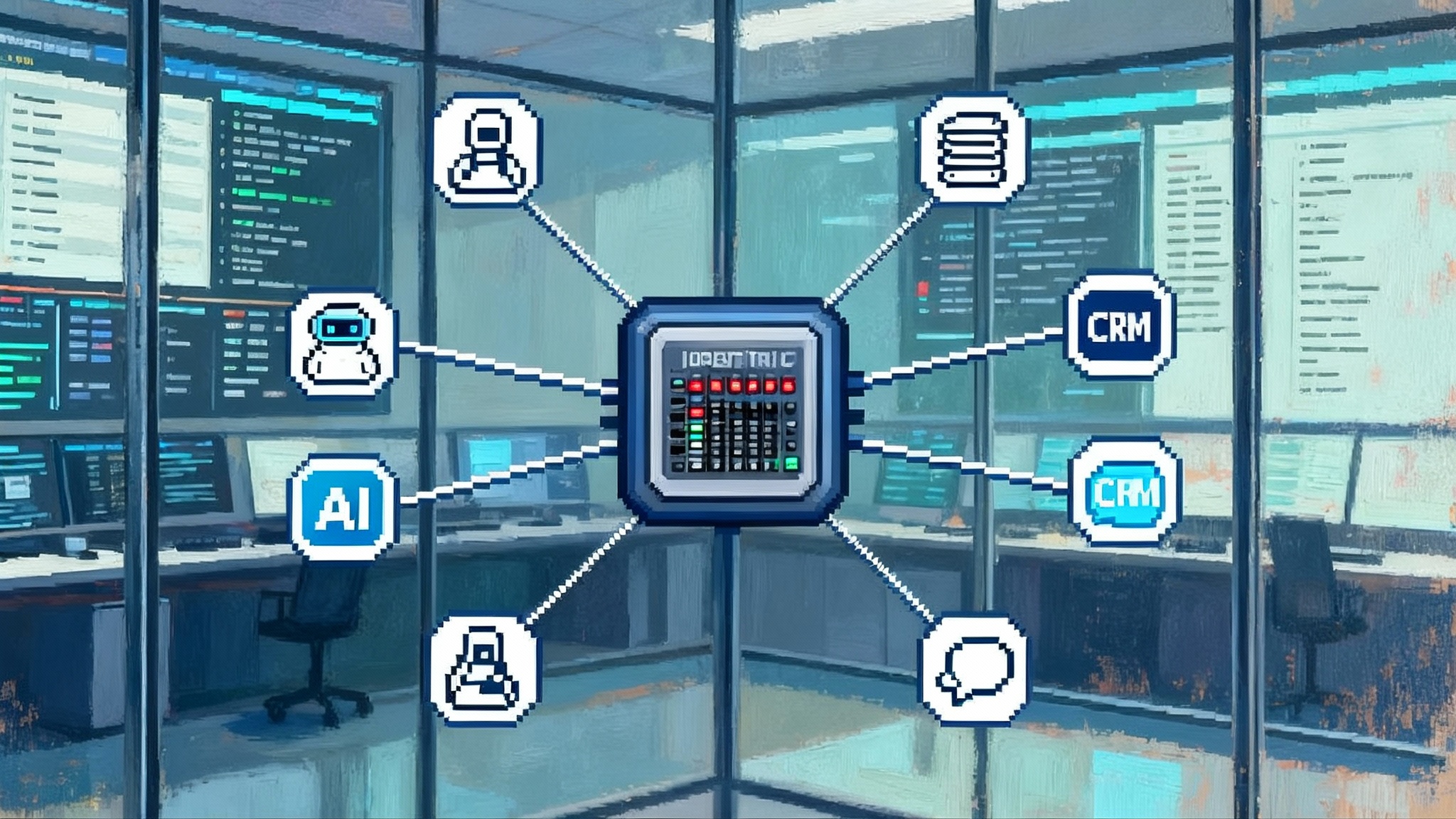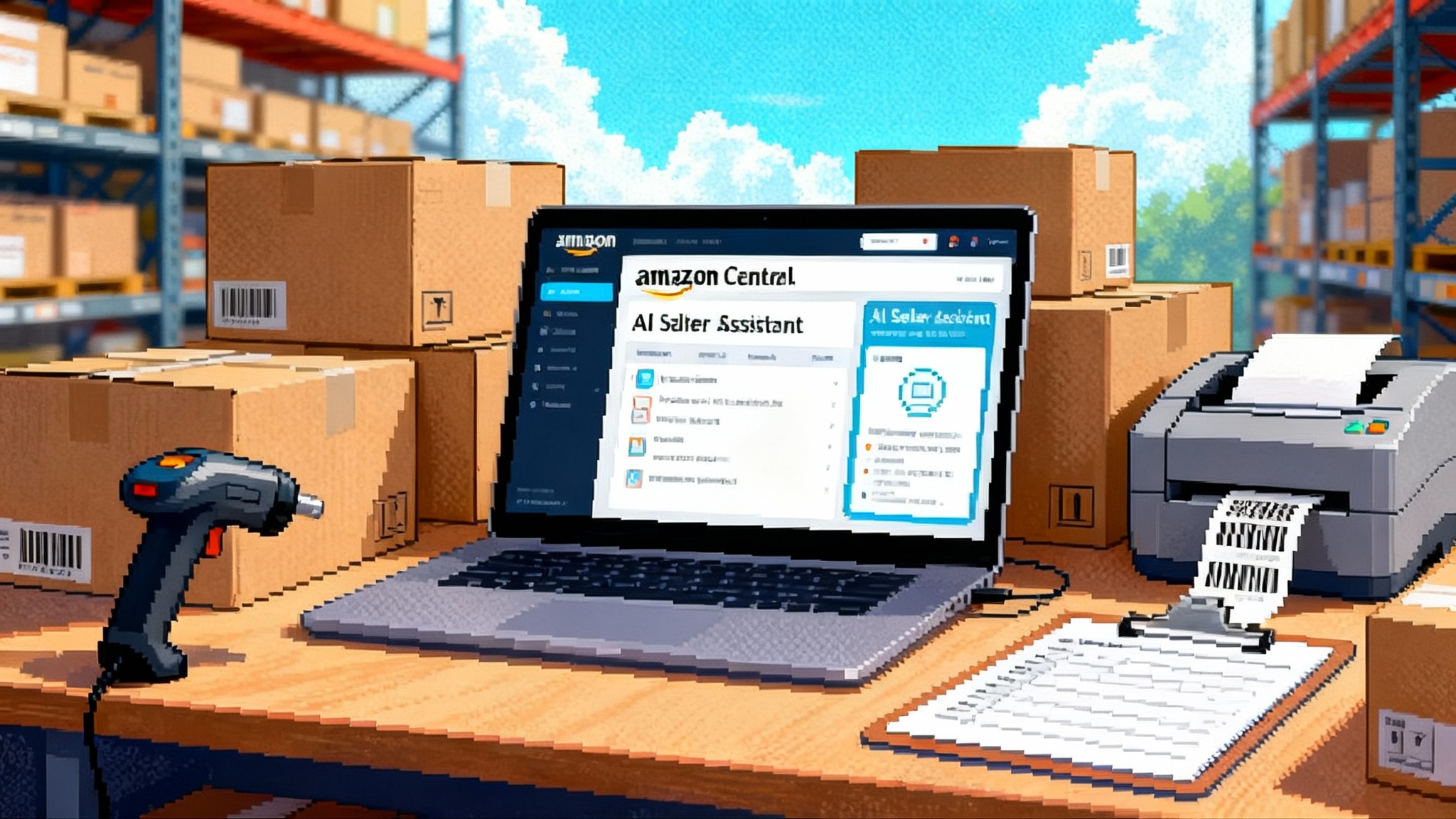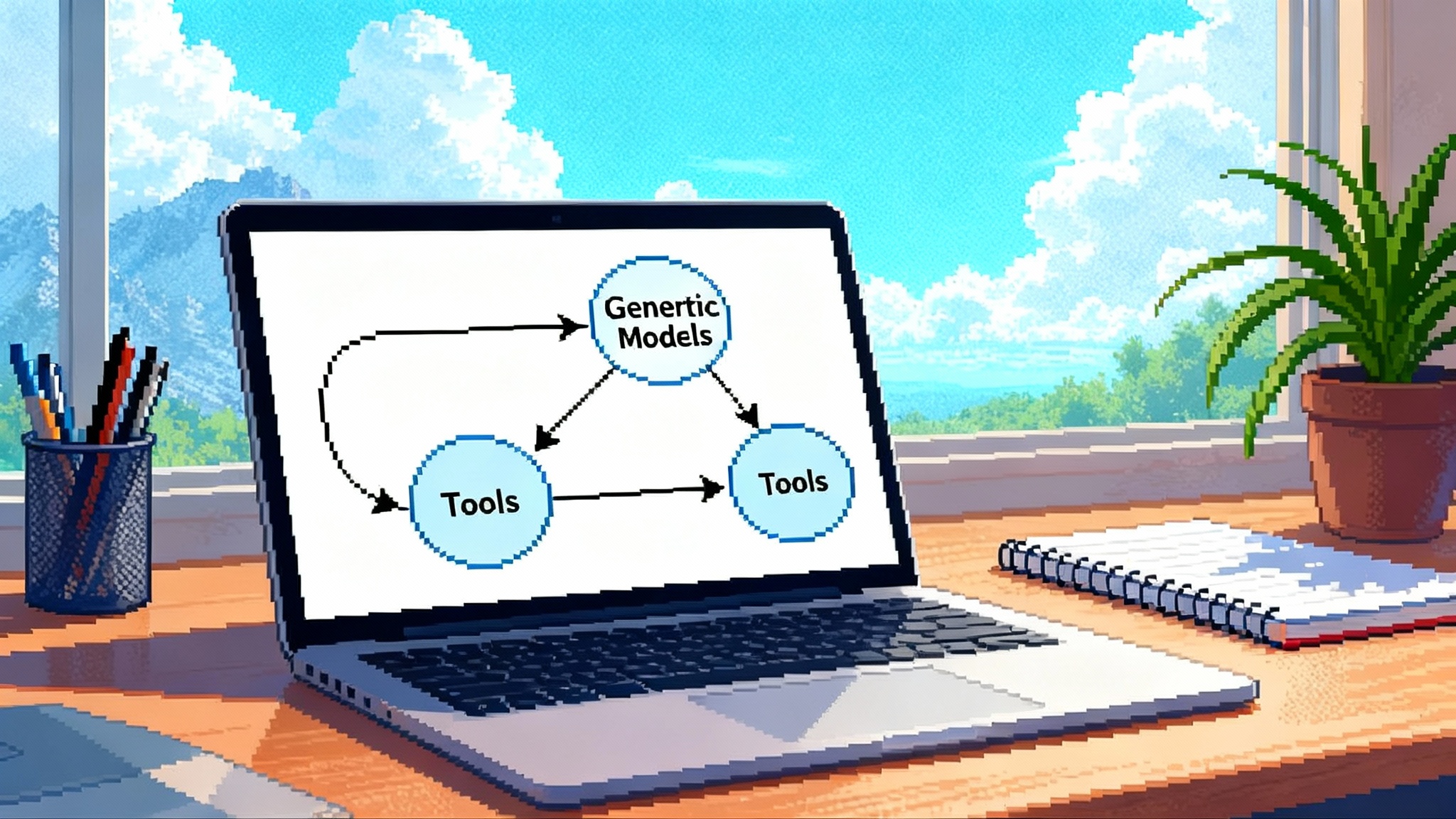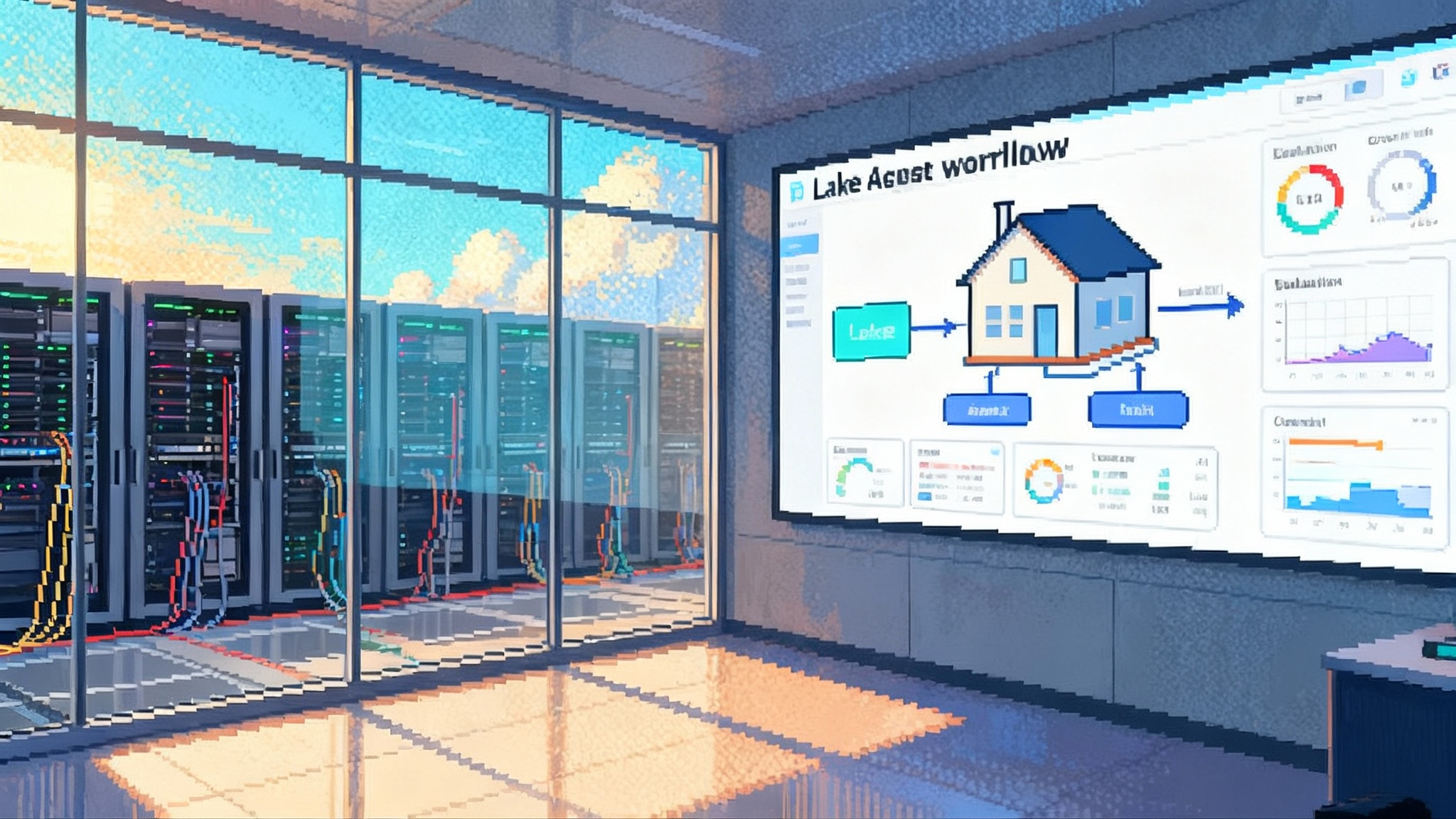Okta turns identity into the control plane for AI agents
On September 25, 2025, Okta introduced Okta for AI Agents and Cross App Access, extending OAuth so enterprises can centrally authorize agent-to-app access. See what changed, who backs it, and how to roll it out.

Identity just became the agent control plane
On September 25, 2025, Okta used its Oktane stage to frame a new reality for enterprise AI: identity is now the control plane for agentic work. The company introduced two pillars designed to govern non-human actors at scale: Okta for AI Agents and a new open protocol called Cross App Access, or XAA. The message was simple and timely. Agents are multiplying across SaaS suites, internal services, and LLM tools. Without identity-first controls, they are invisible, overpowered, and hard to govern. For an official summary of the launch, see the newsroom post with Okta XAA launch details.
This review breaks down what changed, why identity must govern non-human access, how XAA extends OAuth compared to popular agent protocols, what the early ecosystem looks like, and how to roll it out inside a large enterprise without boiling the ocean.
What Okta just shipped
Okta’s announcements center on two interlocking ideas: lifecycle security for AI agents and a standards-based way to authorize agent-to-app and app-to-app access. Together they aim to replace ad hoc tokens and scattered consent prompts with centralized policy, short-lived credentials, and verifiable audit trails.
Okta for AI Agents
Okta for AI Agents is positioned as end-to-end identity lifecycle security for non-human actors. The service is designed to cover the full flow from discovery to governance so that every agent identity has an owner, a purpose, scoped privileges, and an audit trail.
Key building blocks:
- Detect and discover: Identity Security Posture Management surfaces where agents live today. That means finding service accounts, API keys, OAuth clients, and tokens that agents rely on. Discovery is the prerequisite to policy.
- Provision and register: Universal Directory becomes the source of truth for non-human identities. Attributes such as risk, owner, business purpose, environment, and expiration can be standardized. Naming conventions and tags separate production from experimentation.
- Authorize and protect dynamically: Policies enforce least privilege and time-bound access. Okta highlights two enforcement paths. First, Cross App Access for agent-to-app or app-to-app flows that need strong authorization. Second, Okta Privileged Access for scenarios where agents still use static credentials or need just-in-time elevation to sensitive systems.
- Govern, monitor, and respond: Okta Identity Governance provides certification, access reviews, and continuous logging of agent actions. Identity Threat Protection with Okta AI applies behavioral analytics and can trigger automated responses when patterns drift.
Availability notes matter. Okta positions Okta for AI Agents as a phased rollout, with early access and general availability slated for its FY27 roadmap. That sets expectations while giving customers time to prepare their operating model, app integrations, and guardrails.
Cross App Access
Cross App Access, or XAA, is a new open protocol that extends OAuth so enterprises can centrally authorize agent-to-app and app-to-app interactions. Instead of asking end users to approve a patchwork of consents inside every tool, a trusted identity provider evaluates requests against enterprise policy and issues the right tokens. XAA’s design brings three benefits teams are missing today:
- Centralized policy and visibility: Security can pre-approve or deny connections across systems, record who granted what, and revoke access globally when needed.
- Reduced user friction: Users avoid repetitive consent prompts as tools chain into each other behind the scenes under a verified policy decision.
- Stronger governance at scale: As agents spin up and down quickly, the enterprise can still see, constrain, and audit their access flows.
The ecosystem story is important. Okta named early supporters across ISVs and cloud platforms, including AWS, Google Cloud, Salesforce, Box, Boomi, Miro, Glean, Automation Anywhere, Grammarly, and Writer. Okta also noted that XAA will be available in early access within the Okta Platform and that out-of-the-box support is coming to Auth0 so developers can build fabric-ready apps more easily.
Why identity is the right control plane for agents
Security leaders have spent a decade moving from network perimeters to identity perimeters. Agents accelerate that move. Four realities make identity the natural control plane:
- Agents amplify access. They combine permissions from multiple systems to get work done. The blast radius of any misconfiguration grows unless privileges are tightly scoped and time-limited.
- Agents are ephemeral and numerous. A new agent can appear with a prompt, a YAML change, or a workflow rule. Without an owner and lifecycle, it drifts into shadow IT.
- Agents operate at machine speed. An over-scoped agent can exfiltrate data faster than a human can click. Control must be policy-driven and automatic.
- Agents blur boundaries. They cross domains and combine data across SaaS apps, internal services, and LLM tools. A single identity layer that understands users, apps, and risk is the only practical place to orchestrate trust.
Identity already knows the user, the device posture, the app, the session, the risk score, and the policy. Turning identity into the control plane for agents is the natural extension that brings all of those signals to authorization decisions in real time.
How Cross App Access extends OAuth
OAuth gave us a user-consent pattern that works well for one app requesting access to another on behalf of a user. But agent chains introduce two new challenges: a proliferation of pop-up consents that users blindly approve, and a lack of enterprise visibility into who connected what to what. XAA addresses both by moving authorization decisions to the identity layer and standardizing token exchange so downstream apps can validate the chain of trust.
At a technical level, XAA profiles a grant that lets an identity provider issue the correct token for a resource server without requiring interactive user consent mid-chain. It also standardizes the claims that establish identity, context, and intended scope. For a concise primer, see the Cross App Access specification overview.
How XAA compares to MCP and A2A
- Model Context Protocol, or MCP: MCP focuses on how models discover and call tools with structured inputs and outputs. It improves transparency and tool interoperability for agents. MCP does not define enterprise authorization, access policy, or governance. XAA complements MCP, with MCP handling tool invocation while XAA governs access to the underlying app. For more on real-world MCP adoption, see our take on Figma MCP server integration.
- Agent-to-Agent patterns, often called A2A: These patterns coordinate multi-agent workflows, messaging, and delegation. They are about orchestration between agents, not enterprise permissioning. XAA complements A2A by ensuring any step that touches an app or data source is authorized under central policy.
In short, MCP helps agents talk to tools. A2A helps agents talk to each other. XAA helps the enterprise decide whether any of that talking should result in access to data or actions in business apps.
Early ecosystem backing and why it matters
Standards only work when many vendors believe they are the easiest way to win customers. Okta highlighted support from Google Cloud, Salesforce, Box, AWS, Boomi, Miro, Glean, Automation Anywhere, Grammarly, and Writer. The signal to enterprise buyers is that XAA will not be a dead end. The signal to product teams is that implementing XAA buys a reusable path to many customers with fewer one-off OAuth quirks and fewer ad hoc tokens to manage.
Auth0 support is meaningful as well. It lowers activation energy for B2B SaaS developers by packaging XAA in a platform they already use for customer identity. That, in turn, grows the pool of apps your company can connect under centralized policy.
If your enterprise is benchmarking competing control-plane moves, it is worth comparing this approach with how other ecosystems are positioning governance. For example, Salesforce is pushing a trust-forward model for agent orchestration. Our analysis in Agentforce 3 on control explores how that stacks up for CIOs who care about scale and auditability.
Design patterns for an identity-first agent architecture
The goal is a fabric where every agent-to-app action is visible, policy-bound, and auditable. These patterns help you get there:
- User-in-the-loop agents: When an agent operates on behalf of a user, bind the chain to that user’s identity and context. Prefer short-lived tokens and require explicit confirmation for high-risk actions in your application, not just in a chat UI.
- System agents with bounded duty: For background agents, require registration in your directory with clear ownership, business justification, and automatic expiration. Deny all scopes by default and grant only what the duty demands.
- Token minimization: Prefer ephemeral tokens minted through XAA over long-lived API keys. Where static credentials are unavoidable, route access through your privileged access layer with just-in-time elevation and robust logging.
- Environment isolation: Treat development, staging, and production as separate trust zones. Keep separate agent identities per environment with distinct policies and scopes.
- Break-glass controls: Implement a kill switch at the identity provider so security can revoke an agent’s access across all apps in a single action. Practice it regularly.
A pragmatic rollout playbook for CIOs and platform teams
You can deploy this in quarters, not years. Here is a practical plan you can start this quarter and evolve as support lands across your app portfolio.
1) Discovery and classification
- Inventory non-human identities across your estate. Use posture tools to find service accounts, API keys, OAuth clients, and agents created through automation platforms and LLM frameworks.
- Classify by owner, business purpose, data sensitivity, and environment. Add a risk score that weights privilege level, token type, rotation status, and network exposure.
- Create a canonical registry in your directory. Every agent identity must have an owner, a team, and an expiration date. Block unregistered agents at the network or service boundary.
2) Provisioning and registration
- Establish naming conventions for agents and scopes that make audit trails readable. Include environment, function, and team in the identifier.
- Require attestation at creation. The requestor should assert why the agent exists, what systems it needs, and what data it touches. Gate creation on approval by the data owner for sensitive systems.
- Bind secrets to the identity layer. Use token vaulting and automate rotation. For any long-lived credential, set a rotation SLA and auto-revoke on owner change or inactivity.
3) Policy design for least privilege
- Default deny at the scope level. Build small, task-specific scopes and group them into roles for ease of assignment.
- Timebox everything. Make the default token lifetime short. Use just-in-time elevation for privileged tasks and step down when the task completes.
- Separate duties. Prevent one agent from initiating and approving a sensitive workflow. Where an agent proposes actions, require a human approver inside the business app.
4) Integrate priority apps through Cross App Access
- Start with your top five systems of record and engagement. Email and chat, file storage, CRM, ticketing, and code repos are common high-value targets.
- Replace one-off consents with centrally managed authorization using XAA. Define explicit policies that state which agents can access which apps on behalf of which users.
- Pilot with a narrow slice. For example, limit an agent to reading tickets in your service desk for one team during business hours. Measure time saved and audit clarity gained.
5) Runtime protections and monitoring
- Turn on behavioral analytics for agent identities. Look for unusual frequencies, new resource combinations, or access outside normal windows.
- Add step-up checks for sensitive actions. Before an agent changes a permission or moves money, require stronger assurance or a human checkpoint in the business app.
- Wire a global kill switch. Practice fast revocation across all apps through the identity provider and confirm downstream apps honor revocations promptly.
6) Governance and auditing
- Log the full chain. Store who authorized the connection, which policy applied, which token was minted, and what the agent did in the target app.
- Run quarterly access reviews. Owners must re-attest that their agents still need each scope. Auto-expire or quarantine identities that miss review.
- Automate evidence. Build reports that map agents to scopes, owners, and last activity. These become your control evidence for audits and your radar for drift.
7) Developer enablement and guardrails
- Provide SDKs, sample code, and golden paths for common agent tasks. Make the secure path the fastest path.
- Bake XAA into your internal platform. Offer a self-service portal where teams request agent access that is automatically checked against policy and routed to owners.
- Set testing standards. Include negative tests for over-scoped tokens, missing user context, and revoked access.
8) Measure and iterate
- Track leading indicators. Count agent-to-app flows under centralized policy, average token lifetime, and time to revoke across apps.
- Track outcomes. Measure reduction in consent prompts, reduction in long-lived tokens, and time saved in provisioning and audits. Share wins with app owners to expand adoption.
Security architecture deep dive
A robust identity-first agent fabric pulls together three enforcement planes that many enterprises manage separately today:
-
The policy decision plane lives in the identity provider. It ingests user and device context, session risk, agent identity, requested scopes, and time of day. It outputs a decision and mints short-lived tokens via XAA.
-
The policy enforcement plane lives in the target app or API gateway. It validates the token, evaluates claims, enforces scope, and logs decisions as security events.
-
The observability plane aggregates events across identity, app, and network layers. It correlates who approved the connection, which policy applied, and what the agent did. These records power audits, incident response, and adaptive policy tuning.
Short-lived credentials are the connective tissue. They reduce standing privilege and tighten the loop between risk signals and access. When an anomaly is detected, the identity provider can simply stop minting fresh tokens. That produces a reliable kill switch that propagates within minutes rather than relying on manual key rotations.
Patterns that pair well with XAA
- Human confirmation in the business UI: Keep high-velocity chat interfaces in the loop, but require final confirmation inside the system of record for high-risk changes.
- Scoped service roles: Define roles around tasks, not whole APIs. Pair read-only roles with separate write roles and treat elevation as exceptional.
- Compartmentalized secrets: Store any unavoidable long-lived credential in a central vault that can rotate and alert on misuse.
- Transactional guardrails: For use cases like purchasing or file movement, set pre-commit checks that validate the agent’s scope, its user context, and a set of policy tags.
If your roadmap includes agentic transactions, it is worth watching how commerce and payments standards evolve around agent authorization. Our look at Google AP2 for commerce explores what it takes to let agents act on a cart while staying within enterprise guardrails.
What to watch next
Adoption will hinge on two things: the breadth of out-of-the-box app support and the ease with which platform teams can upgrade existing integrations. Okta’s approach of packaging XAA into both its core platform and Auth0 is designed to accelerate both. Expect to see more vendors announce compatibility as enterprises start to prefer apps that are fabric-ready.
On the standards front, XAA builds on existing OAuth work and formalizes a grant that can be implemented consistently across vendors. That matters because enterprises want a standard they can ask all suppliers to adopt, not a bespoke flow for each AI tool. For a succinct technical view, the OAuth community’s Cross App Access specification overview is a useful reference.
Common pitfalls and how to avoid them
- Token sprawl returns in a new form. If agents collect bespoke tokens per app, you recreate the mess you worked hard to retire. Centralize token issuance and scope under the identity provider.
- Orphaned agents linger. Tie every agent to an owner and renewal cycle. Auto-expire and alert before the deadline.
- Overbroad scopes sneak in. Build scopes that match tasks, not entire APIs. Review diffs to scopes as part of change management.
- Manual consents persist. Remove them using XAA and make the identity layer the single source of truth.
- Shadow agents appear in no-code tools. Require registration and enforce policy at the integration layer so unregistered agents cannot call your crown-jewel apps.
A 90-day plan that shows value
- In 30 days: Complete discovery and registration and stand up a pilot with one agent and one target app. Socialize policy design patterns with security and platform leads.
- In 60 days: Expand to three critical apps and enforce time-bound scopes. Wire basic analytics to show token lifetimes, revocations, and policy hits.
- In 90 days: Move approvals and revocation to centralized policy and deliver a dashboard that shows every authorized agent-to-app connection and its owner. Bring that evidence to your audit committee and your board.
Bottom line
Okta’s September 2025 launches are more than the next features on a roadmap. They are a blueprint for governing non-human identities at scale. Okta for AI Agents turns agent sprawl into a manageable lifecycle with owners, scopes, and logs. Cross App Access gives enterprises a standards-based way to authorize the chains of access that make agents useful. If your platform teams adopt the patterns above, your organization will ship agent-powered features faster, answer audit questions with confidence, and reduce the risk that a helpful bot becomes your riskiest admin.
For readers who want to compare control-plane approaches across ecosystems, our analysis of Agentforce 3 on control highlights adjacent models and where they align or diverge from Okta’s identity-first stance.
For the official announcement context and feature framing from the source, see Okta XAA launch details.








